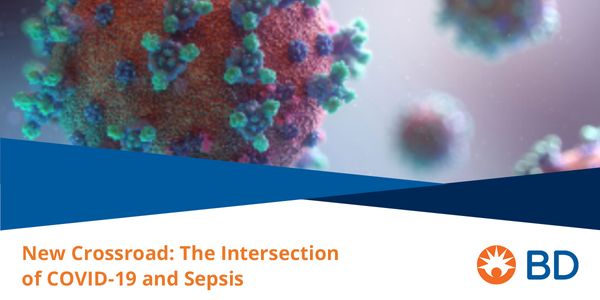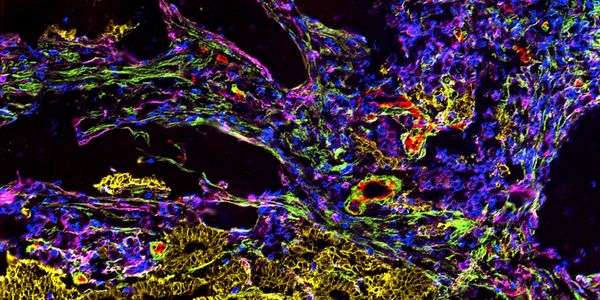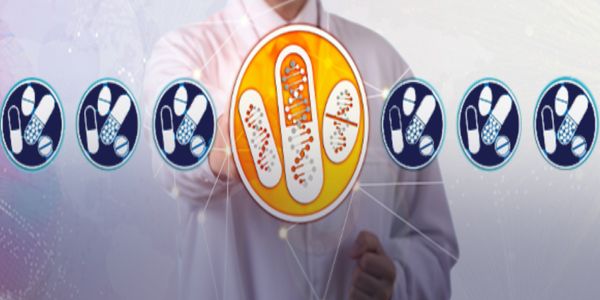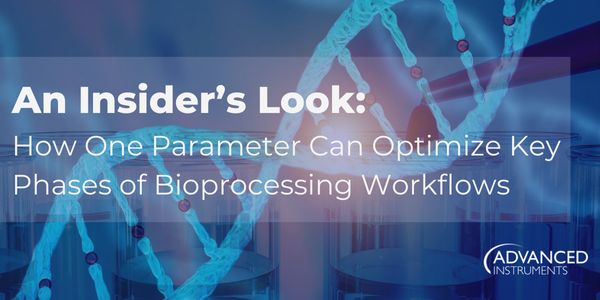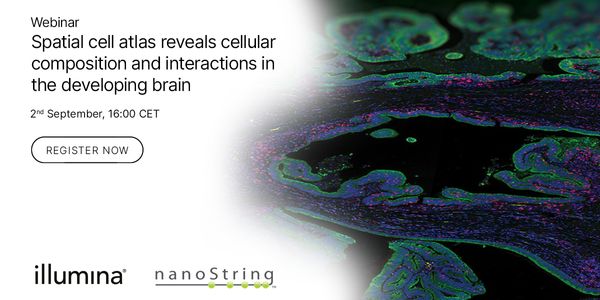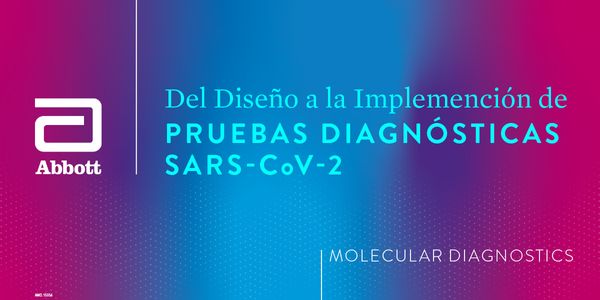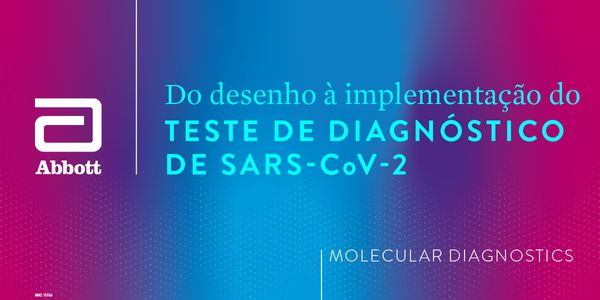Experiment: is a procedure carried out to support, refute, or validate a hypothesis. Experiments vary greatly in goal and scale, but always rely on repeatable procedure and logical analysis of the results. There also exists natural experimental studies.
-
Infectious diseases, such as COVID-19, are challenging to study in animal models due to species differences, and conventional 2D cell-based systems lack the complexity to appropriately model...
As the spread of infectious diseases, current pandemic, and growing antimicrobial resistance (AMR) continues globally, next-generation sequencing (NGS) became a tool to diagnose infectious d...
This presentation will discuss the use of the FDA EUA process to implement SARS-CoV-2 assays to address the COVID-19 pandemic. The use of a team-based approach, through an Incident Command s...
Date: September 16, 2020 Time: 10:00am (PDT), 1:00pm (EDT) Learning Objectives Compare and contrast viral sepsis with focus on sepsis symptoms caused by SARS-CoV- The role of rapid testing f...
DATE: September 15, 2020 TIME: 08:00am PT Tumorigenesis and cancer progression are affected by the tumor immune microenvironment (TIME). The TIME not only influences the efficiency of existi...
DATE: September 11, 2020 TIME: 08:00am PT, 11:00pm ET This is the third topic in the webinar series on ‘ Predictive Genomics for Population & Personalized Health ’. Pharmacog...
In Pacific Northwest watersheds several species of Pacific salmonid fishes are hosts for the rhabdovirus infectious hematopoietic necrosis virus (IHNV). In this multi-host ecosystem speciali...
In this webinar, we will present QIAGEN CLC Genomics Workbench and its utility for bacterial isolate identification, strain discrimination using core genome multi-locus typing (cgMLST) and d...




